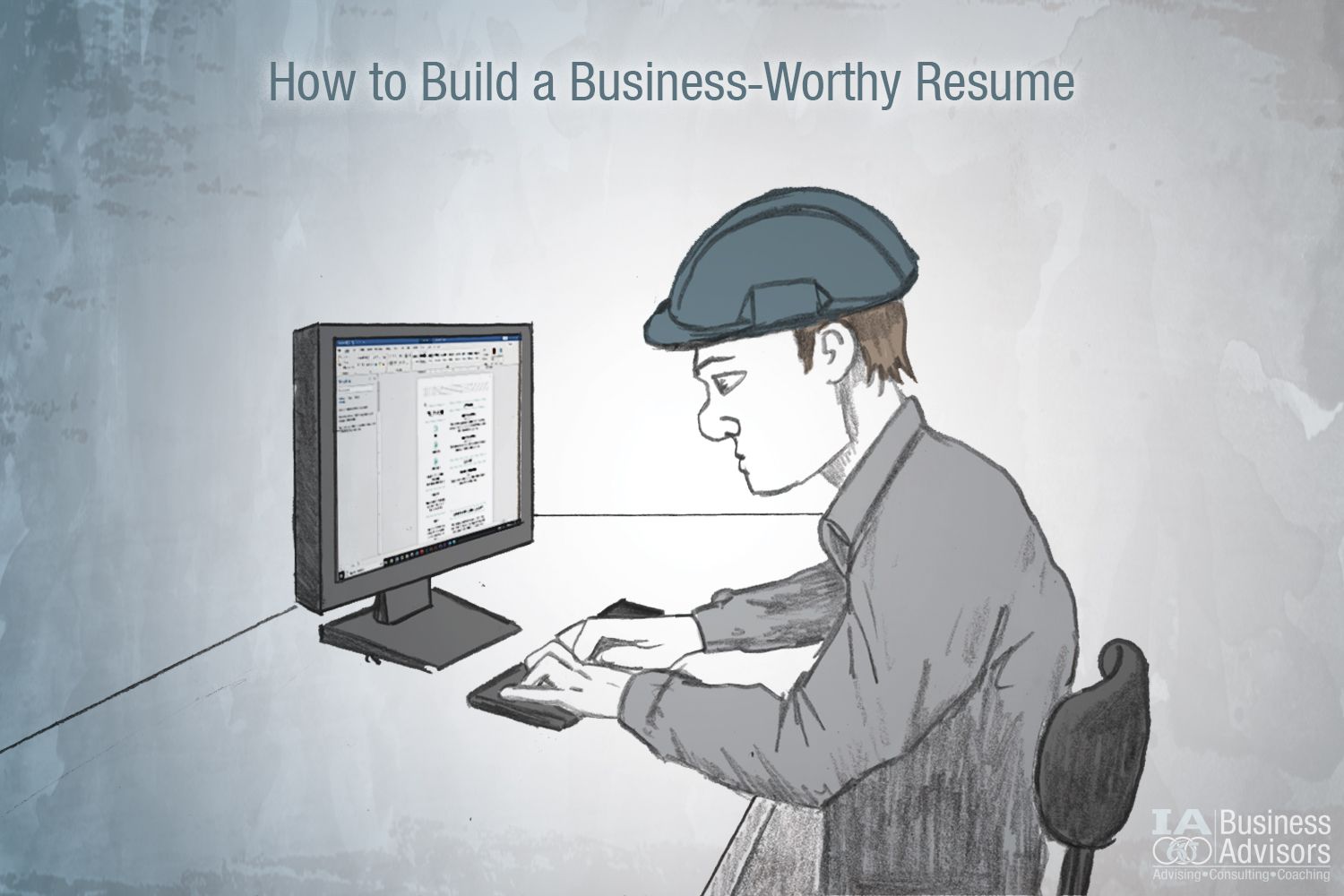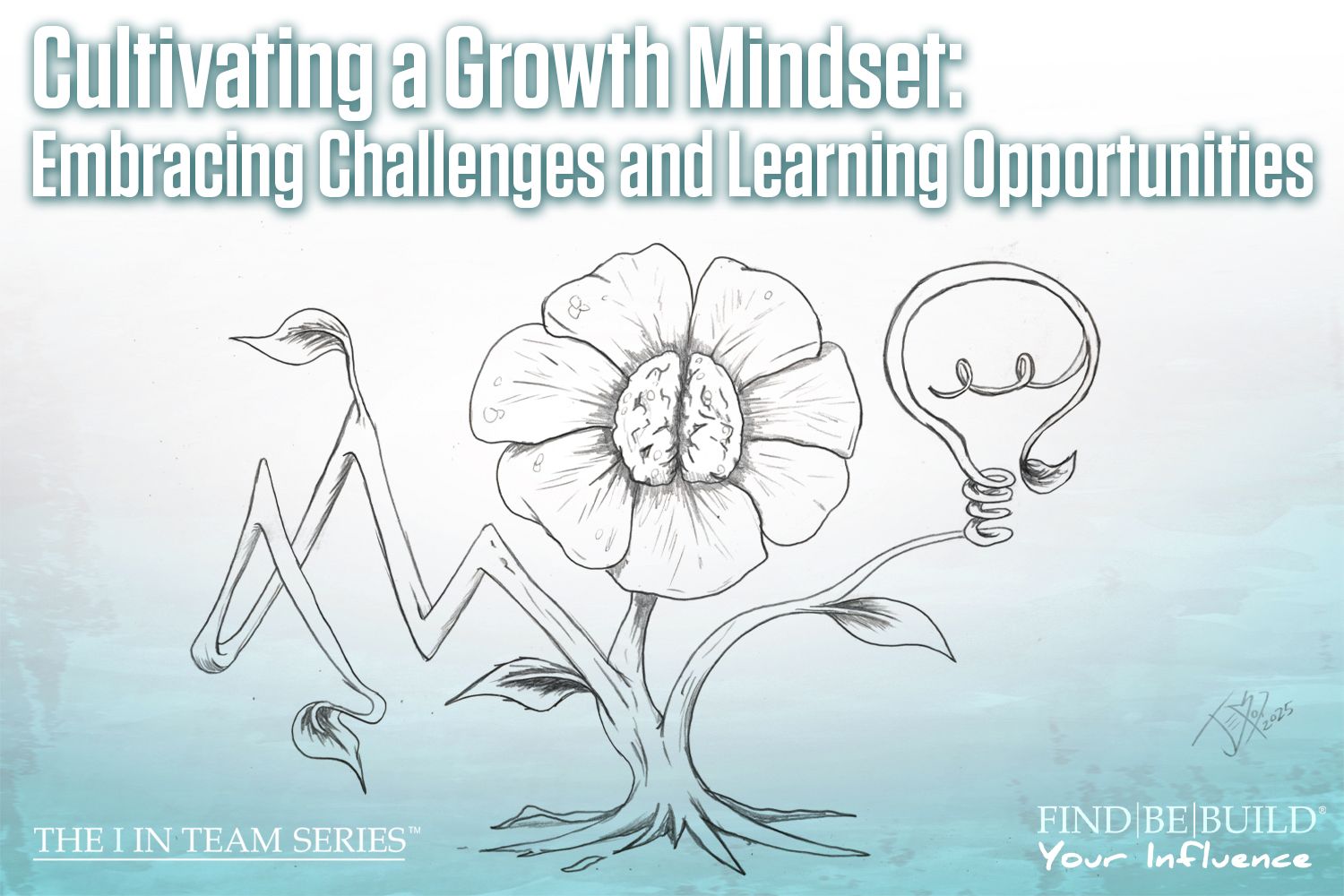How to Build a Business-Worthy Resume

Business consulting strategies
Whether you’re looking for a job or a business looking to hire, you should be looking for business-worthy resumes. If you’re looking to build one, it’s super easy. If you’re looking to hire, we can show you exactly what to look for as your first step.
A word of caution to all: resumes are just a paper version of each person and don’t fully represent individuals. On one hand, great candidates will shine in interviews and have a great resume; on the other hand, some candidates can have a great resume and not be suited for the position. It’s important to have a great resume to put your best foot forward.
The Words
One of the things most employers throw out resumes for, and won’t even consider them, is errors. We aren’t talking about spacing or formatting errors, we are talking about grammatical errors. If there are grammatical errors in your resume, it shows that you are careless and don’t pay attention to how you present yourself. As a business owner, you should be throwing out resumes with grammatical errors. If someone can’t take the care to proof-read their resume, how can they take care in their position at your company?
After you have finished editing your resume, one of the best ways to make yourself stand out from the crowd is to describe your work experience in a thoughtful, precise, and detailed manner. For example, use power words to describe the work you have done but try not to overdo it. Words like:
Developed, managed, launched, revolutionized, created, increased, promoted, authorized, strategized, released, revealed, protected, and more.
Power words are captivating and will make your resume stand out.
Some other little tips including the words you put on your resume:
- Make your name, phone number, email address, and home address into a header at the top of the page.
- Keep your resume professional. Don’t include any negative comments, information, or issues you have had in the past on your resume. Sometimes you will have a chance to discuss these things in your interview.
- Use a professional format and type font.
- If you have any metrics to prove from your last job, you’ll want to include those on your resume.
- Try to stick to one page, but if you go to multiple pages just make sure they are all clean and precise. Sometimes when you have years of work experience, it isn’t prudent to put all of that on a single page.
You may be surprised to know that one resume isn’t enough. That is, you can’t have one version of your resume for all jobs. You should tailor your resume for the job you are applying for. Each resume should be tuned to the position you want. One of the best ways to do this is to include your relevant skills and experience first.
The Business Side
When viewing resumes when you are considering hiring, you will most likely create a yes and no pile. One of the first things you may notice is the format of the resume. The amount of white space versus the amount of words and how those words are spread on the page will make or break a first glance. It doesn’t need to be perfect or created by a graphic designer, but it should look nice and crisp.
As we mentioned previously, resumes without grammatical errors are ones that shouldn’t be overlooked. When you can find a resume that doesn’t have errors, you know that they person applying took care to present themselves in the best light possible by editing and reviewing their resume prior to submitting it. People who care about their resumes will most likely care about their job.
As a business owner, what else do you look for in a resume?











